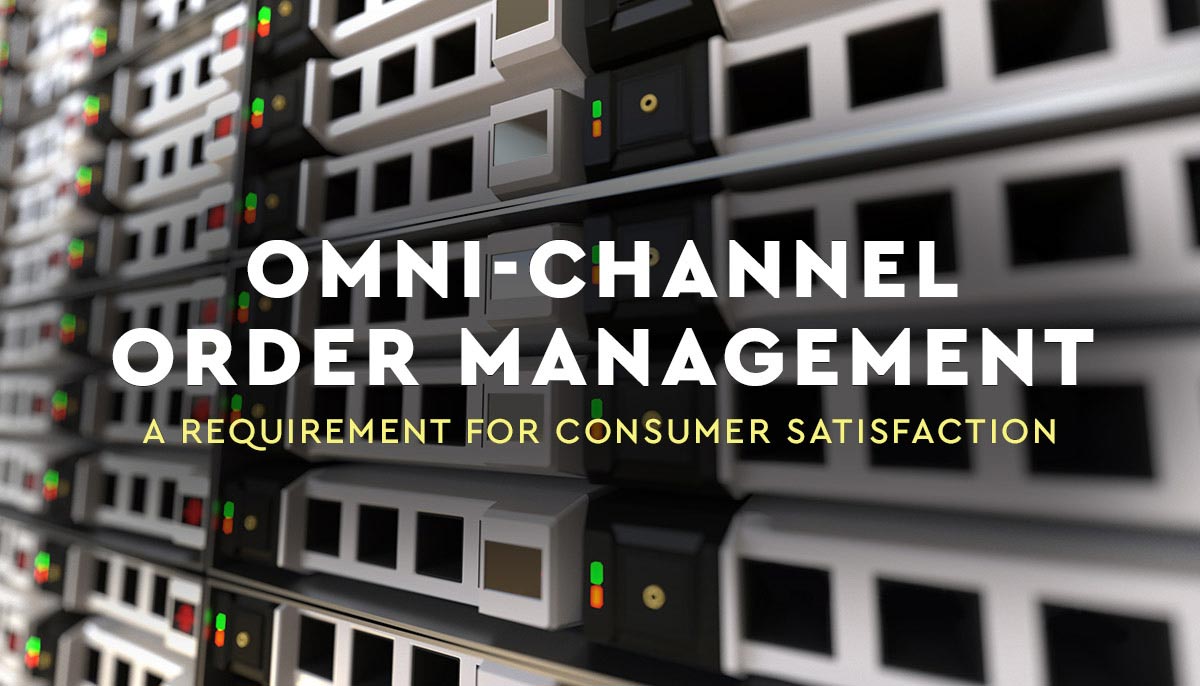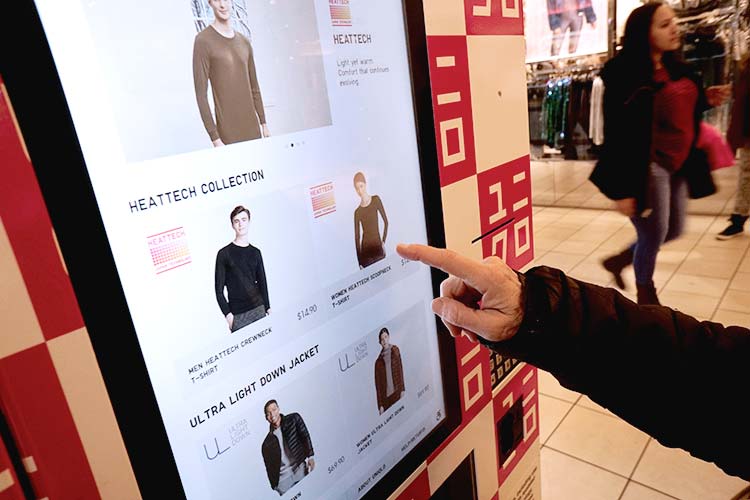
Omni-Channel OMS – A Requirement for Consumer Satisfaction
Omni-channel fulfillment has become a consumer expectation. Gone are the days when buying online and picking up in-store was an exceptional feature only offered by a few stores. This new norm is requiring retailers across the globe to consider new technologies and processes as they seek to better serve modern consumers. A powerful Order Management System (OMS) with advanced omni-channel capabilities is at the top of the requirements list for these companies.
An estimated 62% of US online adults report using buy online, pick up in store (BOPIS) or related services when they’re available.1 The demand for omni-channel fulfillment is here to stay. Our last post, Fulfillment Technologies Changing the Game, addresses technology trends within distribution centers resulting from this new reality. Brands prioritizing customer convenience through omni-channel operations will ultimately win out when it comes to long-term brand loyalty.
An omni-channel OMS equips brands to:
- Maximize inventory access by leveraging inventory across channels
- Enable seamless customer care in-store or via the contact center
- Support order routing to different locations for personalization, regional delivery, and customer pick-up through Distributed Order Management (DOM)
- Compete with 2-day shipping expectations and reduce freight costs through alternate fulfillment methods
Fast fashion brand Uniqlo is a leader in omni-channel innovation prioritizing both customer experience and fast delivery. By seamlessly connecting physical and digital experiences, Uniqlo enables shoppers to buy what, when, and where they want – via the web, mobile, brick & mortar stores, or even airport vending machines. A Uniqlo app further enhances the shopping experience by providing easy access to account history, personalized product suggestions, and product availability online or in-store.

With the right OMS, retailers are empowered to think outside the box to find new ways of meeting customers where they are.
But where to begin? There are many OMS options available, but not all are going to be the right technology for your business. Some key things to look for when choosing an OMS provider are:
- Industry-specific experience. Requirements can vary industry to industry, make sure your provider has experience supporting similar operations.
- Distributed Order Management (DOM) that supports efficient order routing while providing inventory visibility between stores and the online catalog.
- Advanced contact center tools that enable agents to successfully support customers regardless of channel.
- Applications for in-store use supporting fulfillment from store, in-store returns, click & collect, in-store pick up, ship complete, load balancing, and more.
- A commitment to continually improving their OMS to remain ahead of ever-growing omni-channel expectations.
Is your business ready to get in the game? Send us a note to find out more about how PFS’s OMS, with its advanced omni-channel capabilities, can equip you to better serve your customers.
[1] Now Tech: Omnichannel Order Management Systems, Q2 2018, April 2018, Forrester
